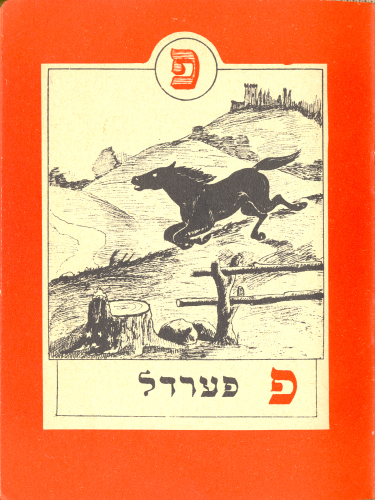Learning Yiddish
Yiddish Alef-beys (Alphabet) | Yiddish Resources | Yiddish Links | Yiddish Quizzes | Educational Program on Yiddish Culture (EPYC)

The basic grammar and vocabulary of Yiddish, which is written in the Hebrew alphabet, is Germanic. Yiddish, however, is not a dialect of German but a complete language‚ one of a family of Western Germanic languages, that includes English, Dutch, and Afrikaans. Yiddish words often have meanings that are different from similar words in German.
The term "Yiddish" is derived from the German word for "Jewish." The most accepted (but not the only) theory of the origin of Yiddish is that it began to take shape by the 10th century as Jews from France and Italy migrated to the German Rhine Valley. They developed a language that included elements of Hebrew, Jewish-French, Jewish-Italian, and various German dialects. In the late Middle Ages, when Jews settled in Eastern Europe, Slavic elements were incorporated into Yiddish.
Download “Basic Facts About Yiddish”
Related Publications:
College Yiddish by Uriel Weinreich
(View the Answer Key to College Yiddish)
History of the Yiddish Language Language by Max Weinreich
The Seven Genders of Yiddish by Uriel Weinreich
Plant Names in Yiddish by Mordkhe Schaechter
Yiddish Folksongs from the Ruth Rubin Archive edited by Chana Mlotek and Mark Slobin
Yidishe shprakh edited by Paul Glasser and Yankl Salant




